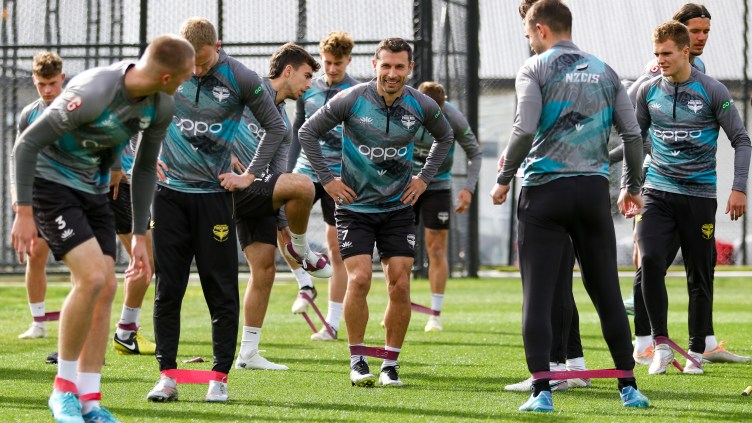Would a switch to Asia be beneficial to football in New Zealand? Or would it make things more difficult in a different way? It’s an interesting question, but, based upon Australia’s experience, I believe it’s something New Zealand Football should continue to pursue.
First, the downside. There’s no doubt that in terms of regular exposure to world tournaments at youth level, Australia’s path has been made much trickier by the switch to Asia.
Once upon a time, Australian youth teams had only New Zealand as serious rivals for junior World Cup spots – now, their passage is more treacherous. By contrast, the Oly-Whites, the Junior and Young All Whites have won eight out of the nine Oceania qualifying tournaments since Australia’s departure, giving them valuable experience on the global stage.
Similarly, the women’s national teams have qualified for every tournament since the Matildas bade farewell. That’s an awful lot of World Cups and Olympic Games to give up by throwing your lot in with Asia.
But long term, New Zealand’s future – just like Australia – surely lies to the north.
Imagine the All Whites locked in a tough World Cup qualifying cycle, travelling to Japan, China or Saudi Arabia? The games may not be quite as intense, nor dramatic, as trying to overcome Mexico in a do-or-die play-off, but as a route to the finals, it’s more challenging, and drives more consistent revenue streams for administrators. Crucially, it’s also fairer, in that one loss doesn’t necessarily spell the end of your dreams.
Furthermore, it exposes players to different competitive environments.
In the early days, Australian players struggled in the heat of the Middle East, and (for the European-based players anyway), the travel to the Far East. On one famous occasion, the Socceroos had their squad in camp for less than 24 hours ahead of a vital qualifier in Japan.
The fact that Australia drew that game 0-0 in sub-zero temperatures, proved how adaptable they had become – and it’s that battle-hardened mentality that would serve New Zealand well in taking the game forward here too.
Then, there is the Asian Champions League – for mine, THE most important addition to the Australian club calendar.
At present, the ACL is a pale shadow of its European counterpart, both in terms of financial rewards and media exposure. But that is slowly changing.
More importantly, Australian A-League clubs are now being exposed to the ways of the football world on a yearly basis. Travel and climactic conditions are only part of the equation in the ACL – A-League outfits also have to battle against clubs who operate without the imposition of a salary cap.
Is it tough? You bet. Aside of Adelaide United, no Australian club has yet got to grips with the complex demands of regional football – and that may continue for a while yet.
But as an exercise, it is invaluable in allowing players, coaches and clubs to grow, especially when – as is often the case – clubs have to back up after an ACL fixture with a domestic game at the weekend.
Picture Wellington Phoenix involved in a tough midweek away game to the Urawa Red Diamonds, then having to back up with a match at the Cake Tin at the weekend. It’s exciting, no? And the glittering prize at the end of it? A potential meeting with the worlds genuine heavyweights at the FIFA Club World Cup for the ACL winners.
As things stand, New Zealand remains in the relatively small pond of Oceania, but there are moves afoot for change. AFC President, Sheikh Salman, is said to be in favour of combining the Asian and Oceania World Cup spots by incorporating the two regions together for the next qualifiers.
Long-term, Asia and Oceania should (in my opinion), merge totally – but for now, keep an eye on AFC’s competitions committee decision in January 2014 – it could open up a whole new world to football in New Zealand.
Take it from us across the ditch – it’s a move well worth making.



